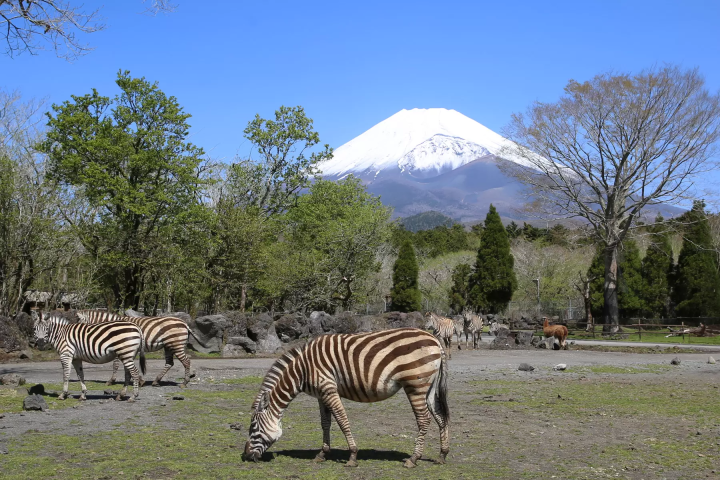Dangami Residence in Ehime:400-Year-Old Eternal Art Space in Ozu

The DANGAMI Residence, once home to a feudal lord in Ehime, is an eternal art space where history, culture, and art converge. It supports local artists through an artist-in-residence program, blending contemporary art, tea ceremony, and samurai culture.
-
Table of Contents
- Ozu, Ehime: Where Culture Meets Sustainability
- DANGAMI Residence- A samurai residence that continues to inspire artists
- Breathing new life into Akiya: An artist's lifetime dream
- Things to do around DANGAMI Residence
- An eternal art space that has survived for 400 years
Ozu, Ehime: Where Culture Meets Sustainability
Ozu City in Ehime Prefecture is steeped in history and tradition, and its appeal goes beyond its value as a mere tourist destination. Ozu City is seriously addressing the sustainability of culture and nature, and is actively working to connect it to the future. In this article, we will introduce the DANGAMI Residence, a samurai residence that is challenging itself with an artist-in-residence program as a place where people can face cultural sustainability.
DANGAMI Residence- A samurai residence that continues to inspire artists
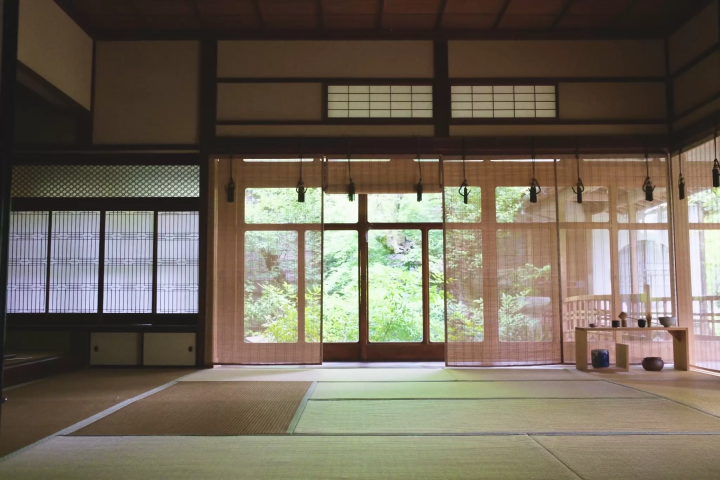
The DANGAMI Residence was built in the late Edo period as a retirement residence for the feudal lord of Ehime Prefecture.
The residence, left behind by its owner who had an affinity for art, has been a popular hub for artistic interaction since then, and currently hosts artist-in-residence programs and research activities.
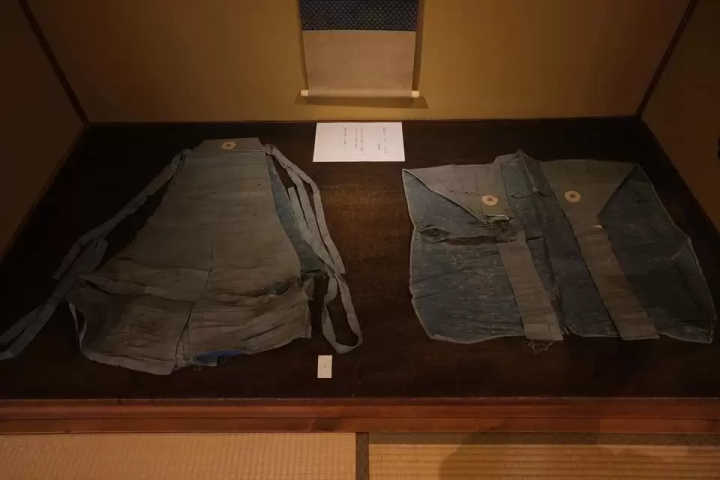
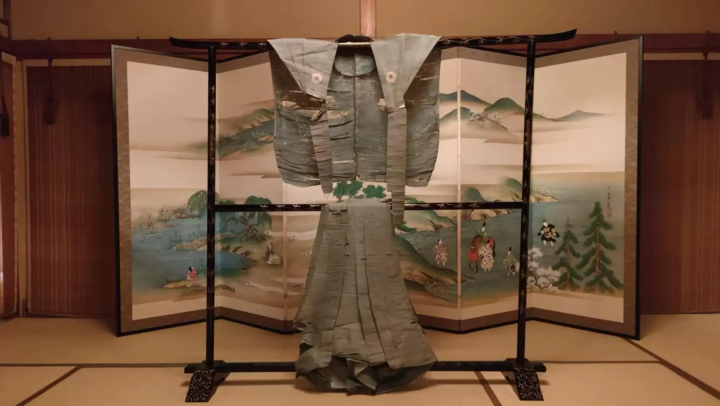
Due to its geographical characteristics, Ehime Prefecture has been attracting attention as a place where cultural exchange with neighboring Asian countries such as Taiwan and Korea can be easily carried out. A mansion with historical roots in Ehime Prefecture has been revived as an artist-in-residence, providing a place to consider the sustainability of culture as a "living cultural asset" that creates connections between people across borders through art.
The DANGAMI Residence is located in the Niiya area, east of the city center of Ozu city, in the southern part of Ehime Prefecture. Niiya is the area where Leiji Matsumoto, the author of Galaxy Express 999, lived as a boy, and Niiya is known as the starting station for the series.

On a clear day, the night sky in Niiya is filled with stars. In his autobiographical manga, Reiji Matsumoto writes, "Ozu and Niiya are the hometown of my life, my utopia, my Arcadia."
Breathing new life into Akiya: An artist's lifetime dream

Over 150 years ago, during the Meiji Restoration, the DANGAMI Residence was taken out of the hands of the feudal lord at the time and moved to the land of a wealthy merchant for preservation. Afterward, the DANGAMI Residence was vacant for some time, but artist Yushi Dangami, whose heritage traces back to the former lord of Ozu Castle, Sadayasu Kato, took the initiative to restore it as a timeless art space.
Profile of Yushi Dangami
Yushi Dangami is a contemporary artist from Ehime Prefecture. He creates paintings, installations, poetry and performances using the natural material beeswax. Traveling both domestically and internationally, he actively engages in social initiatives focused on glocal projects, including transforming the DANGAMI Residence into an art space, revitalizing the local community, and preserving cultural heritage.
Regarding his efforts at the DANGAMI Residence, he said, "My goal is to carry forward the spirit of this literary daimyo family, which has endured for 400 years, into the modern era. While preserving the legacy of the Kato family, former lords of the Ozu and Niiya domains, I aspire to forge a new chapter in history alongside fellow artists."
The Allure of Dangami's Works
Beeswax, the foundation of Dangami's work, is a natural material derived from the wax bees secrete to build their hives. Since ancient Egypt, it has played a vital role in daily life, used for crafting candles and preserving mummies. "Beeswax paintings" are created by melting beeswax and blending it with pigments to form images. In modern times, beeswax artifacts have been unearthed from ancient Egyptian tombs and the ruins of Pompeii, solidifying its reputation as one of the oldest artistic techniques in the world.
Beeswax paintings have been gaining attention in recent years as a sustainable form of art that does not pollute water.
Danjo is involved in a beekeeping project in Tokyo, donating the honey he produces to local restaurants and communities. Through beekeeping and beeswax paintings, he is creating opportunities to think about the relationship between bees and humans, who have coexisted for thousands of years, as well as the nature of urban greening and a recycling-oriented society.
Things to do around DANGAMI Residence
Ozu City, where the DANGAMI Residence is located, still retains the historic townscape that dates back to the Edo period, centered around Ozu Castle.
Hotels near Ozu Castle
Ozu City's tourism urban development, which has focused on revitalizing and utilizing old-fashioned streetscapes and historical buildings in order to preserve local culture and protect the town's identity, has been recognized worldwide.
In 2023, the city's efforts to restore old houses and preserve culture and traditions were recognized, and it was awarded first place in the world in the Culture & Tradition category at the GREEN DESTINATIONS STORY AWARDS in ITB Berlin, which recognizes efforts in sustainable tourism destinations. In addition, in 2024, the city was awarded the Silver Award at the GREEN DESTINATIONS World Sustainable Tourism Destinations Awards.
In order to allow people to fully experience the castle town of Ozu, historically and culturally valuable buildings that had deteriorated and were at risk of being demolished have been revived as decentralized hotels - the NIPPONIA HOTEL Ozu Castle Town.
Hotels near NIPPONIA HOTEL Ozu Castle Town
The castle town of Ozu is designed as a single hotel, where the travel time from the front desk to the accommodation and from the accommodation to the restaurant adds to the charm of this decentralized concept. This historic town, home to numerous heritage buildings, is brimming with captivating spots, including local cafés serving sweets made from regional specialties and souvenir shops offering traditional crafts.
In addition, in Seiyo City, next to Ozu City, you will find atelier O-HUIS, the atelier of world-famous sculptor Kees Ouwens, which has been transformed into an precious accommodation.
Also the region encompassing Ozu City and Seiyo City in Ehime Prefecture is known as Southern Ehime, an area where rich nature and traditional culture remain deeply rooted. It is an ideal destination for those who wish to take their time exploring charming castle towns, merchant districts, and the tranquil beauty of the seas, mountains, and rivers.
An eternal art space that has survived for 400 years
DANGAMI Residence is working on the sustainable management of cultural assets across generations by working on artist-in-residence in a historic samurai residence. It is a must-visit for artists who want to create art while experiencing 400 years of history, as well as those who want to experience the deep charm of Niiya , Ehime Prefecture, Ozu Prefecture.
🔽Video introducing Konishi Hare, the artist who have stayed and created at the DANGAMI Residence in November 2024
If you are interested in the artist-in-residence program or a tour of the facility, please contact us via the Instagram account below.
The estate was originally built in the late Edo period as a retirement residence for the daimyo of a Shikoku domain(1840). Later, during the Meiji Revolution, it was relocated and preserved on the land of a wealthy merchant after leaving the hands of the daimyo family(1872). It has remained in this location for 150 years.
The contents on this page may partially contain automatic translation.



























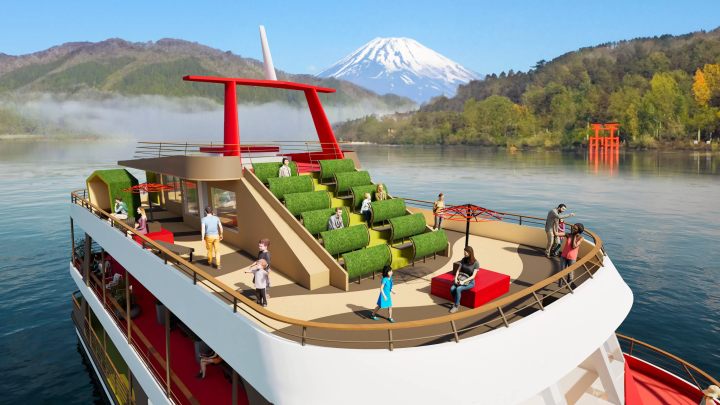
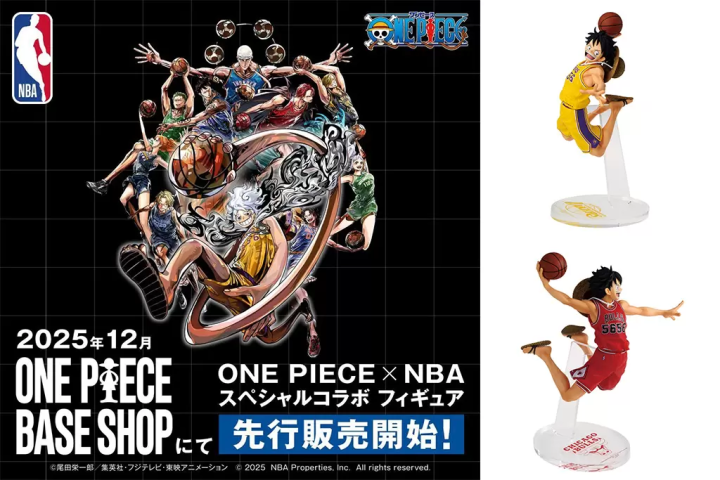
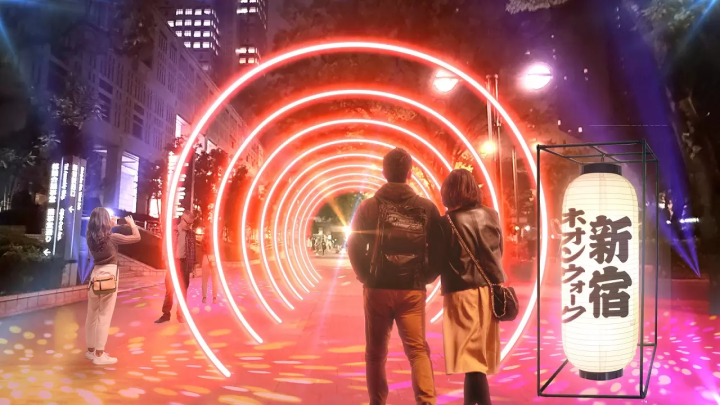





![[Reopening in March 2026] Ikoma Sanjo Amusement Park Park, 45 minutes from Osaka , with free admission](https://resources.matcha-jp.com/resize/720x2000/2024/08/28-194409.webp)
![[Gunma] 5 recommended gourmet foods at Kawaba Denen Plaza Roadside Station!](https://resources.matcha-jp.com/resize/720x2000/2025/02/26-225970.webp)
![[Kanazawa] Enjoy the world of gold leaf to the fullest in the city with the highest production volume in Japan](https://resources.matcha-jp.com/resize/720x2000/2025/11/12-249564.webp)
![[2026] Family Winter Trip to Suzuka Circuit! – For Both Day trips and Overnight Stays!](https://resources.matcha-jp.com/resize/720x2000/2025/12/26-254097.webp)
